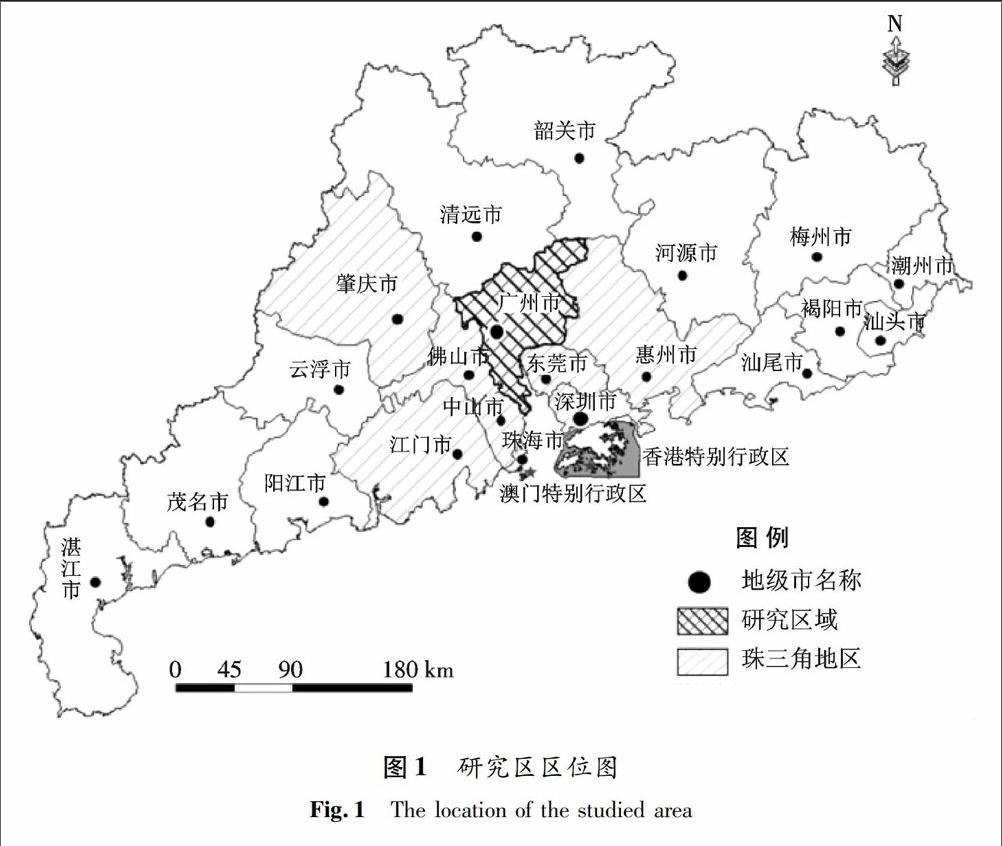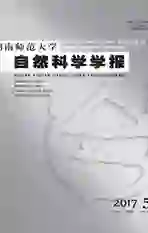后终期阶段城市化水平演变特征及驱动力分析
2017-11-28蔡永龙陈忠暖
蔡永龙+陈忠暖



摘 要 以廣州市近16年的面板数据为基础,构建适用于城市化后终期阶段的综合评价指标体系,运用熵值法对广州市城市化综合水平进行测度,并分析其演变特征及驱动力.结果表明:(1)城市化进入后终期阶段,经济城镇化和社会城镇化成为广州城市化的主要推动力,其次是人口城市化,最后是空间城市化.社会城市化水平的提高,表明城市化质量逐步提升.广州限制与压缩城市人口规模是引起人口城市化呈现平缓增长趋势的主要因素;(2)工业化已不是推动城市化发展的直接动力,交通外延成为推动空间城市化的主要因素.第一产业对经济城市化无推动作用,相比第二产业,第三产业对经济城市化的贡献更为显著,且已成为经济城市化发展的后续动力.外商投资对经济城市化的促进作用已逐步衰弱,而内生性作用成为推动城市化的主导因素;(3)城市建成区的外延拓展趋于放缓,土地城镇化由粗放式的农业地域向城市地域转化向城市内部地域土地集约化转变.本文认为,对于进入城市化后终期阶段的城市,应加快第三产业发展,减缓城市建成区扩张速度,注重城市内部地域土地集约化,优化城市内部功能分区,提升城市化质量.
关键词 后终期阶段;熵值法;城市化综合水平;演变特征;驱动力;广州市
中图分类号 K901 文献标识码 A 文章编号 1000-2537(2017)05-0008-09
Evolution Features and the Driving Factors of the Late and Terminal Stages Urbanization:A Case of Guangzhou
CAI Yong-long1a, CHEN Zhong-nuan 1b*, CHEN Miao-ru1
(1.a.School of Geographical Sciences; b.Urban Leisure and Tourism Research Center,
South China Normal University, Guangzhou 510631, China;
2.College of Teacher Education, East China Normal University, Shanghai 200062, China)
Abstract In this work, based on the panel data of 16 years in Guangzhou, we constructed a comprehensive evaluation index system for the late and terminal stages urbanization. We made use of the entropy method to measure the comprehensive level of urbanization in Guangzhou, and analyze the evolution characteristics and driving factors of urbanization. Our results are as follows. After entering urbanization at late and terminal stages, economic and social aspects of urbanization are the main driving forces in Guangzhou, followed by population urbanization, and finally space urbanization. The improvement on the level of social urbanization shows that the quality of urbanization has been gradually picked up. Guangzhou consolidated urban population size, which was the main factor leading to a gradual growing trend in the urbanization of population. Industrialization is not the direct power to promote the development of urbanization. Traffic expansion has become the main driving force to promote the urbanization of space. The first industry plays no role in promoting economic urbanization. Compared with the second industry, the third industry makes a more significant contribution to the economic urbanization, and has become the direct driving force for the development of economic urbanization. The role of foreign investment in the promotion of economic urbanization has been gradually weakened, and the endogenous role has become the leading factor to promote urbanization. The expansion rate of the urban built-up area tends to slow down, and the land urbanization is transformed from the extensive agricultural region to the urban area as well as the upgrading and transformation of the regional function structure in the city. In this work, we argue that for the city development after entering the late and terminal stage urbanization, we should accelerate the development of the tertiary industry, slow down the expansion rate of urban built-up area, pay more attention to the intensification of urban land use, optimize the functional partition within the city, and improve the quality of urbanization.endprint
